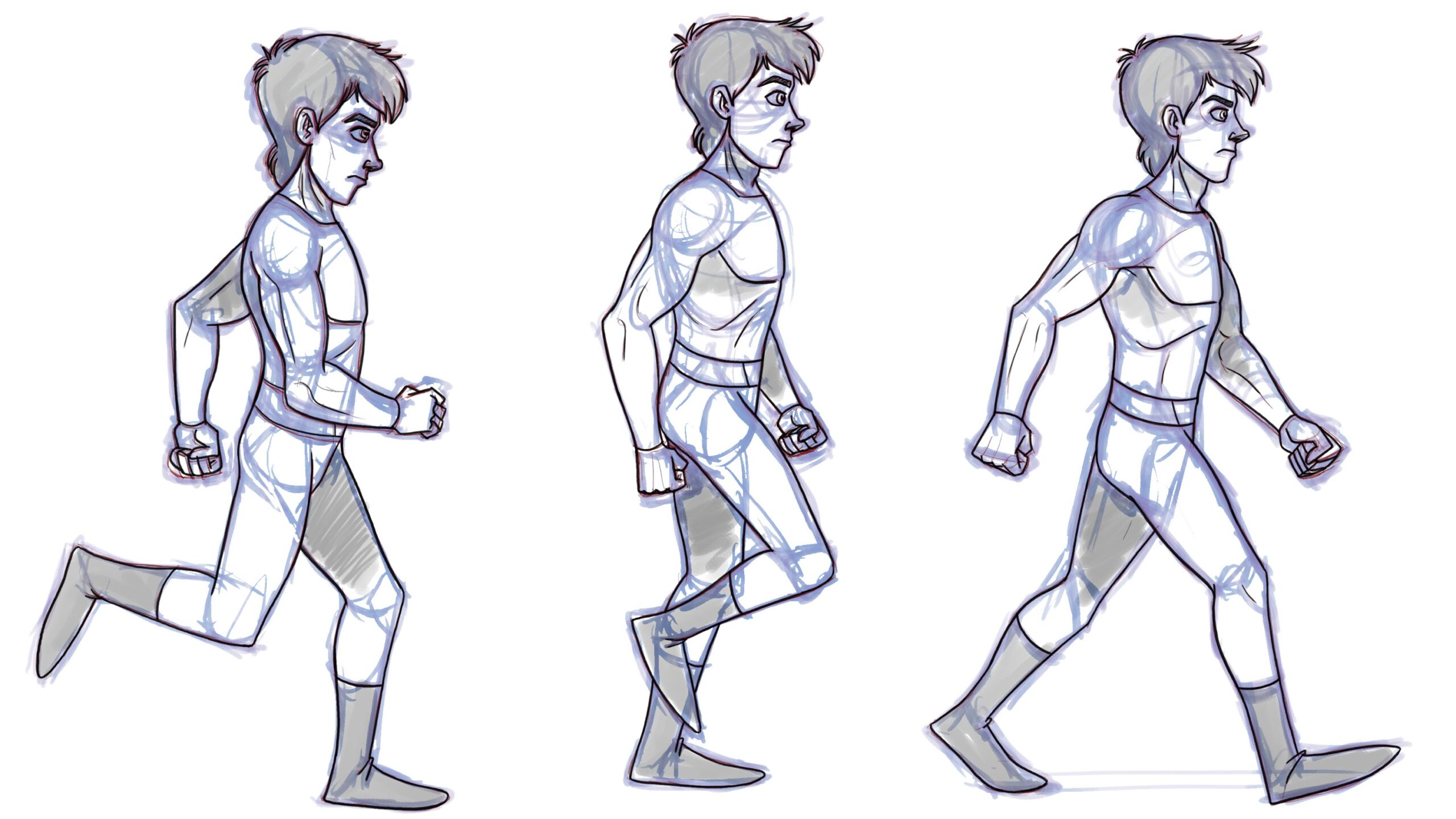
Creating smooth 2D animation frames is both an art and a science. In this blog post, we will understand some of the most essential tips and techniques to help animators produce smooth 2D animations like a professional Animation Studios in Atlanta does. Let’s get started!
Understanding the Basics: Keyframes and Inbetweens
In 2D animation, the creation of smooth motion starts with the understanding of keyframes and in betweens. Keyframes are the primary frames that define the major points of motion in an animation sequence. Inbetweens, also known as “tweens,” are the frames that connect these keyframes, creating the illusion of movement. The keyframes outline the essential actions, while the inbetweens ensure the motion is fluid and continuous.
The spacing and timing between keyframes and in betweens are crucial. Proper spacing dictates how quickly or slowly an object moves between keyframes, and effective timing determines the rhythm and pace of the animation. For instance, spacing keyframes too far apart can result in choppy motion, while placing them too close together may cause the animation to appear sluggish. Finding the right balance is key to creating smooth animations.
Mastering the 12 Principles of Animation
To draw smooth 2D animation frames, one must master the 12 principles of animation, established by Disney animators Frank Thomas and Ollie Johnston. These principles include squash and stretch, anticipation, staging, straight-ahead action and pose-to-pose, follow-through and overlapping action, slow in and slow out, arcs, secondary action, timing, exaggeration, solid drawing, and appeal. Each principle plays a vital role in ensuring animations are lifelike and engaging.
Squash and stretch, for example, add a sense of weight and flexibility to animated objects, making them appear more dynamic. Anticipation prepares the audience for an action, enhancing the realism of the motion. Slow in and slow out involves easing objects into and out of movements, avoiding abrupt starts and stops that can make animation feel jarring. By incorporating these principles, animators can create frames that transition seamlessly from one to the next.
Planning and Storyboarding
Before diving into the drawing process, thorough planning and storyboarding are essential. Storyboards serve as blueprints for the animation, outlining the sequence of events and actions. This step helps animators visualize the entire project and identify potential issues early on. Detailed storyboards provide a clear guide, making it easier to draw consistent frames that align with the overall vision.
Storyboarding also allows animators to break down complex scenes into manageable parts. By focusing on one segment at a time, animators can maintain the quality and smoothness of each frame. This methodical approach ensures that the final animation flows naturally from start to finish.
Utilizing Reference Materials
Reference materials are invaluable tools for animators striving to draw smooth frames. Observing real-life movements, studying video footage, or analyzing other animations can provide insights into how objects and characters move. These references help animators understand the subtleties of motion, such as weight shifts, balance, and natural transitions between poses.
When using references, it’s important to break down the movements into individual frames. This analysis allows animators to see the exact positions and transitions needed to replicate smooth motion. Additionally, references can inspire creative solutions to challenging animation problems, leading to more polished and professional results.
Practicing Consistent Drawing Techniques
Consistency is key in creating smooth 2D animation frames. Each frame must align perfectly with the previous and subsequent frames to avoid jarring jumps or glitches in motion. To achieve this, animators should use consistent drawing techniques and tools, such as onion skinning, which allows them to see multiple frames simultaneously. This technique helps in maintaining the continuity of motion and ensures smooth transitions between frames.
Another helpful practice is using light tables or digital layers to draw over previous frames. This method, known as “tracing,” ensures that each frame aligns accurately with the others. While tracing, animators should focus on maintaining the proportions and details of characters and objects, avoiding any significant deviations that could disrupt the animation’s flow.
Refining Timing and Spacing
Refining the timing and spacing of frames is a critical step in creating smooth animations. Timing refers to the duration of each frame, while spacing involves the distance between keyframes. Both elements must be carefully adjusted to achieve fluid motion. For instance, increasing the number of inbetweens can smooth out rapid movements, while adjusting the timing can enhance the overall pacing of the animation.
Experimenting with different timing and spacing combinations allows animators to find the optimal settings for their specific projects. This iterative process often involves creating multiple versions of the same sequence and comparing the results. By fine-tuning these elements, animators can produce animations that move naturally and engage the audience.
Leveraging Digital Tools and Software
Modern animation software offers a range of tools and features designed to help animators create smooth frames. Programs like Adobe Animate, Toon Boom Harmony, and Moho provide intuitive interfaces, powerful drawing tools, and advanced features like onion skinning, motion tweening, and rigging. These tools streamline the animation process and enable animators to focus on refining their work.
For instance, motion tweening automates the creation of inbetweens by generating intermediate frames between keyframes. This feature saves time and ensures consistent spacing, leading to smoother animations. Similarly, rigging allows animators to create skeletal structures for characters, making it easier to animate complex movements with precision and consistency.
Conclusion
Drawing smooth 2D animation frames is no doubt a bit challenging. However, it can be done with ease if you follow the tips mentioned above.